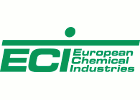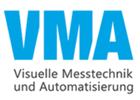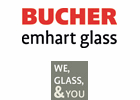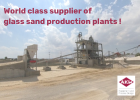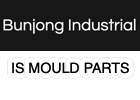INFO
Dies sind die Basisdaten für das ausgewählte Unternehmen. Diese Firma stellt weitere Informationen wie z.B. Webseite, Telefon- und Fax-Nummern, Ansprechpartner, Firmengeschichte, Details bereit.
Um diese Informationen einzusehen benötigen Sie einen gültigen "Profile Access" für glassglobal.com. Die Konditionen können Sie über folgenden Link: Preis Info einsehen
Kontakt Info
| Anschrift | Cyclotec Leotec Group Shotlandskaya st. 8 St. Petersburg, 198035 |
| Land | Russische Föderation |
| Ihre Nachricht an Cyclotec |
Produkte oder Maschinen
1. The feed fraction is minus 5 millimeter
Quartz sands feed fraction:
SIZE mm / CONTENCE %
-5 +3 / 6,24
-3 +2 / 24,14
-2 +1 / 15,52
-1 +0,63 / 28,36
-0,63 +0,315 / 23,02
-0,315 / 2,7
Engine capacity 37 kW, classifier 2.2 kW, fan 7.5 kW
2. We have a poor classifier which is much inferior to the abilities of the PCM so we run it without classifier too, to demonstrate its abilities (it has classification ability of 20 micron & cannot classify 5 microns fraction effectively and it limits our research capabilities).
ZrO2-15-11 –zirconia milling, feed fraction 300 micron at rate of 500 kg/hour, open circuit - WITHOUT CLASSIFICATION
Please see that 62% are minus 5 micron & 23% are less then one micron(fifth column from the left--- accumulative frequency).
Any way we are not aware of a classifier which could efficiently classify large volume d100 4 micron, if we had this classifier then we would have fulfilled Requirement indicators of d50 0.75 micron.
Another possibility is to convert our mill from continuous action to Periodic action, we are certain the results would be in nano range but then production capacity would drop to 100-200 kg/h.
3. As you would learn from the material you received we can do d97 5 micron and better.
4. We can grind finer then 5 microns. We are working on optimization of grinding media size versus energy consumption. Grinding media size is D(av) 12-14 mm.
5. Energy consumption for quartz sand for d97 is:
5 microns max .190 kWh/t
10 microns max. 135 kWh/t
20 microns max. 89 kWh/t
30 microns max. 69 kWh/t
With improvements in the classifier the energy consumption would be lower. Liner wear would be approximately 0.1 kg/ton milled product (depending on the hardness of the material).
7. The next stage modifications would be with 10, 15, 25 ton/h capacity.
The larger the model would be the bigger the feed fraction it could intake up to 50-70 millimeters! We are certain our model, know how & calculations withstand this range of production capacity, For mill with capacity more then 25 ton/h we have to change concept so it needs more research in order to give guarantees but we are planning 50 ton/hour AG mill.
Definitions:
Open circuit is : the mill is charged feed fraction sized less then 5 mm(see in the file “capabilities of PCM.doc.”) with different feed speed(kg/hour). Classifier & cyclone are not used. The grinded product is going to tank.
Results of those tests shown in graphs 4,5,6,7,8 in the file “capabilities of PCM.doc.”
Closed circuit is: grinding in PCM with defined capacity, classifying the material by bigger then 20 microns & smaller then 20 microns. The coarse product goes back to mill, fines go to cyclone & filter. Capabilities by capacity are defined by fan and it is 250 kg/hour of feed product. Efficiency of classification is defined by the poor design of our classifier. In coarse powder there is till 50 % of fines see graph 2 in the file “capabilities of PCM.doc.”
